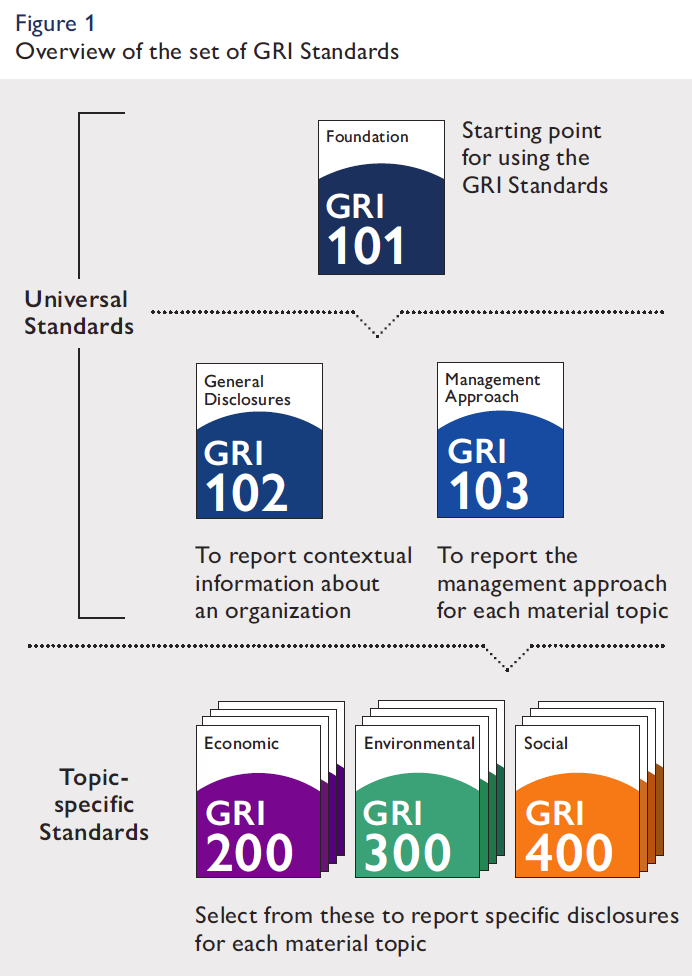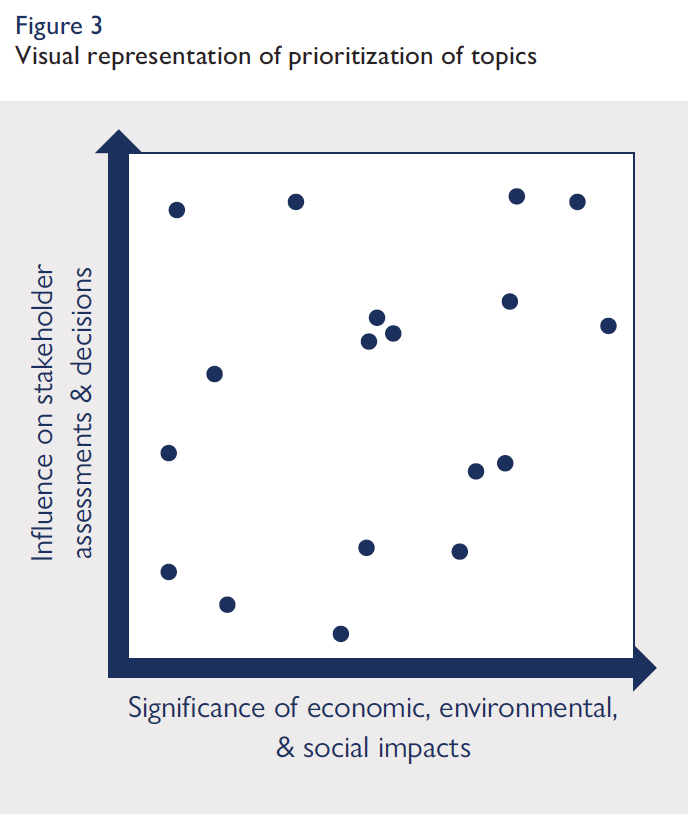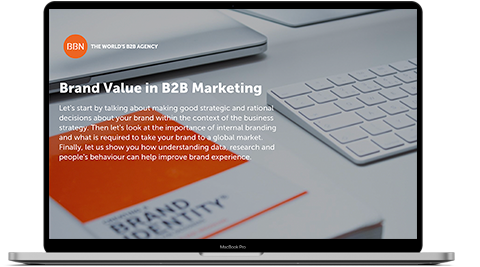Posted by BBN Central on 12th Apr 2024
The Brave New World of B2B Influencers
Welcome to the third instalment, focusing on smart investment strategies for fearless marketers aiming to win market share in the
READ MOREPosted by BBN Central on 9th Apr 2019
It’s a jungle out there. Today, we’re inundated with sustainability propaganda in a climate where more companies are turning to Corporate Social Responsibility (CSR) reports to make their statements – but is it all just greenwashing? The Global Reporting Initiative (GRI) sustainability reporting standards is one way to gain credibility.
I’ve worked closely with many B2B companies on their CSR reporting and find it both rewarding and challenging. It can take months of planning and execution, particularly when reporting to the GRI sustainability reporting standards. So, I’ve put together this article to help you navigate the GRI jungle.
GRI sustainability reporting standards have become a staple in the sustainability reporting landscape. GRI is an independent international organization and since 1997, has helped businesses and governments around the world navigate their communication on pressing sustainability issues.
Making the transition from the G4 Guidelines to the GRI Standards –something that happened in 2018 – was a feat within itself. With more emphasis on the management approach to material topics, a new modular structure and removal of reporting duplication instances, the new standards are accompanied with clearer guidance for ease of reporting – but it’s still a lot to get your head around.

Here are some of the benefits, in my opinion, of using the GRI Standards:
Here are some of the challenges I faced when consulting the standards and working to create a compliant CSR report:
General disclosures outline reporting requirements that provide context for how a business reports on its sustainability efforts. Materiality is the principle that helps determine which material topics are sufficiently important to your business for you to report publicly on. The topic boundary describes where the impacts for a material topic occur, and how your business addresses these impacts.
Without material topics to inform your CSR strategy, you may as well not bother. The standards rest firmly on them. Businesses are expected to engage their stakeholders on matters that affect their business and the stakeholders’ interests. There is an ordered approach to this and what you usually end up with is a neat plot diagram, which helps to inform your overall CSR strategy. The dots of highest importance are ideally your material topics.

If I still have your attention, then take comfort in this. You can engage the services of a third-party auditor to check that you comply. Most of the global consulting companies offer this and can provide an extra layer of assurance. Just in case.
Our Danish clients often also use their CSR report to fulfil the requirements of Årsregnskabsloven (Danish Financial Statements Act). This involves highlighting your due diligence processes, risk management approach and KPIs for the reporting year. Reporting obligations vary for companies of different sizes and the Act is updated regularly. So, along with ensuring GRI compliance, I have also written CSR reports with this legislation in mind. But I guess if you can get two flies with one swat, why not?
Posted by BBN Central on 9th Apr 2019
We've gathered thoughts and expertise from our top strategists to bring you this insightful publication in B2B marketing. Get our e-Book to understand how you can build brand value in your organisation.

1 email a month, EXCLUSIVE stories, and 10 minutes of your time.
Subscribe now
Posted by BBN Central on 12th Apr 2024
Welcome to the third instalment, focusing on smart investment strategies for fearless marketers aiming to win market share in the
READ MORE
Posted by BBN Central on 5th Apr 2024
In B2B marketing, the compass that points businesses towards success is increasingly data-driven. Here at BBN, we've been keenly observing
READ MORE
Posted by BBN Central on 29th Mar 2024
Since the introduction of Sora, OpenAI's text-to-video model, the worlds of AI and marketing have been abuzz. It's being called
READ MORE
Posted by BBN Central on 19th Mar 2024
Account-Based Marketing (ABM) has rapidly gained traction in the B2B marketing world, promising personalized and efficient strategies to win over
READ MORE